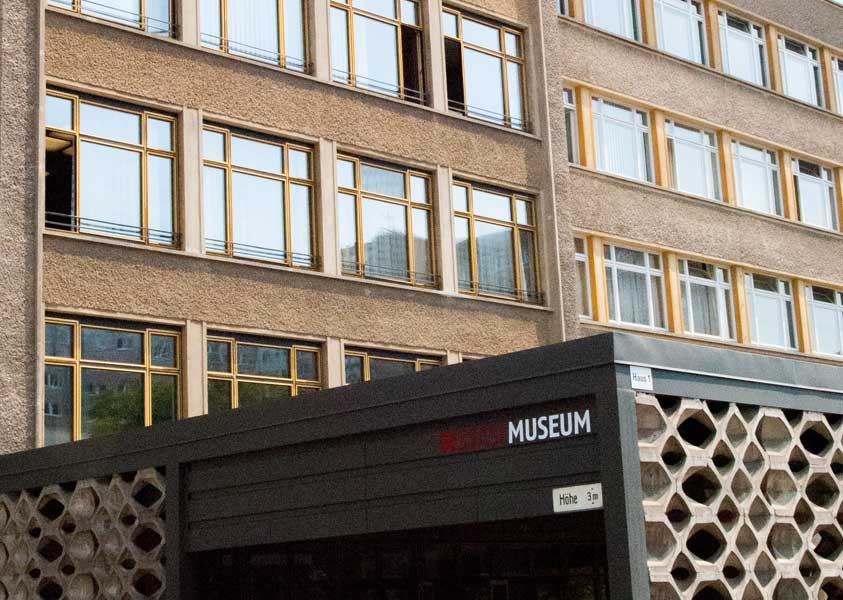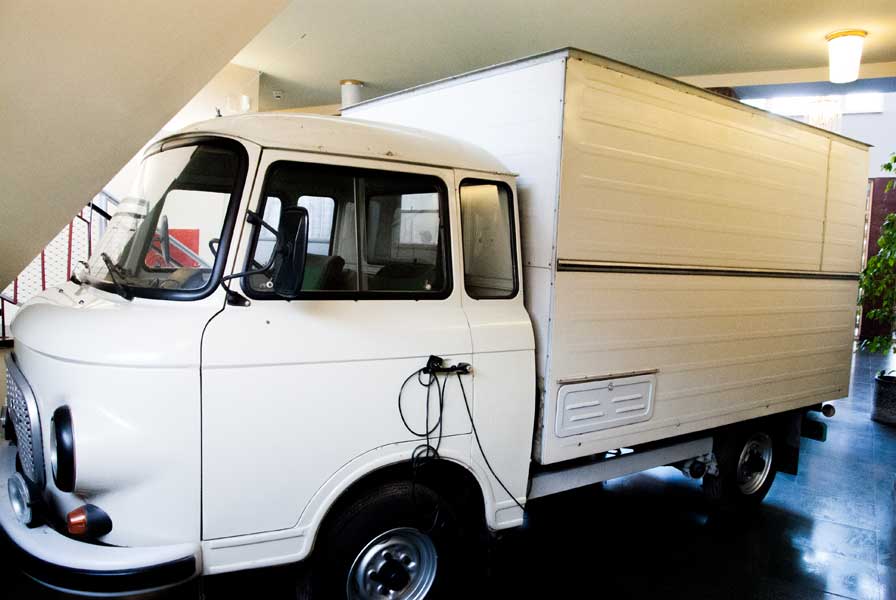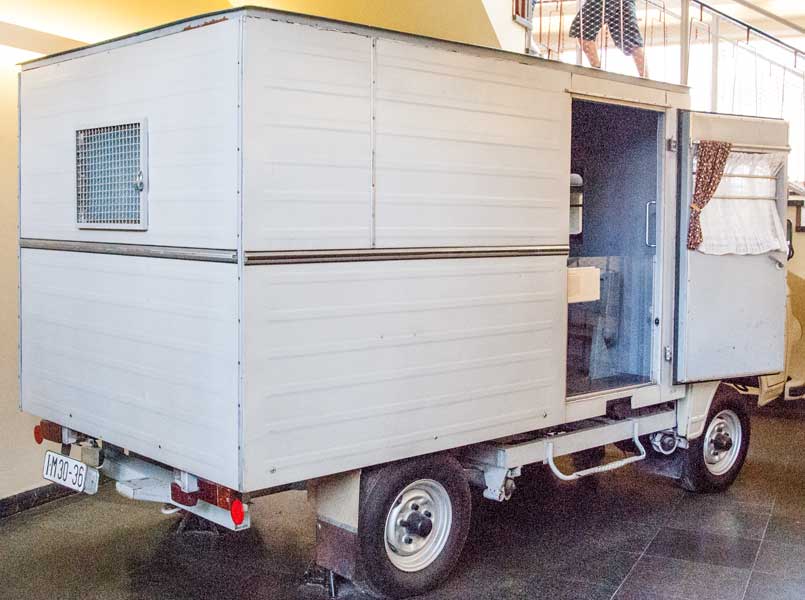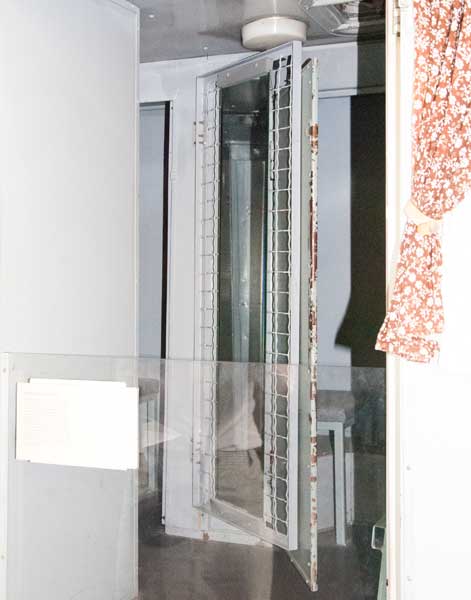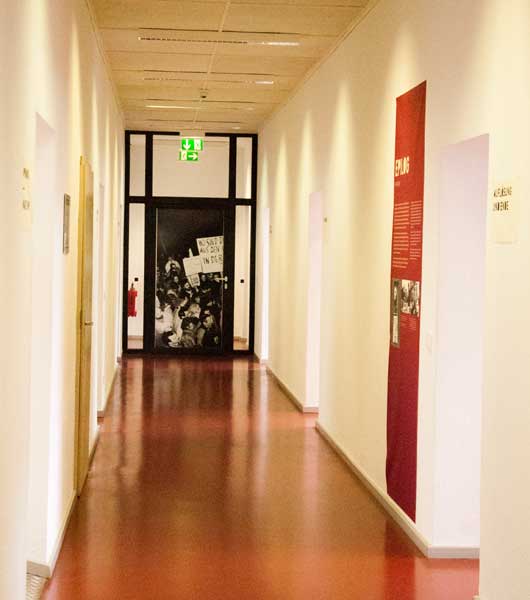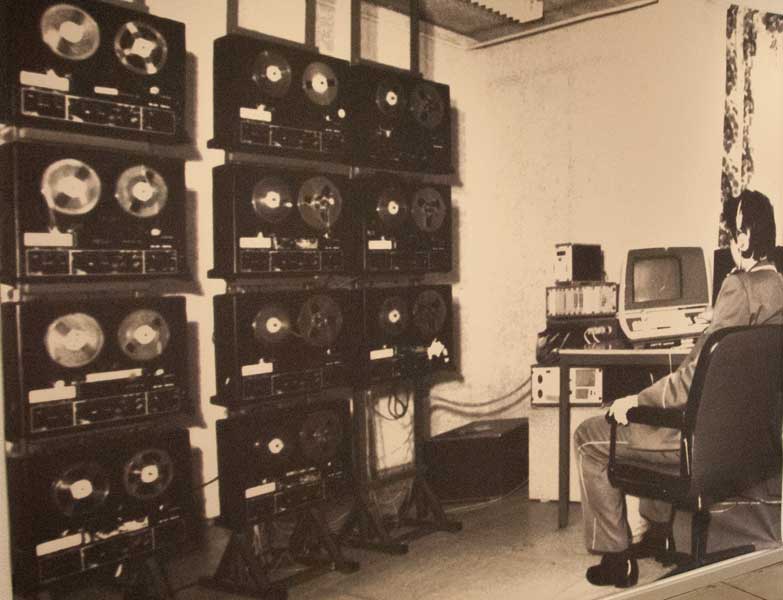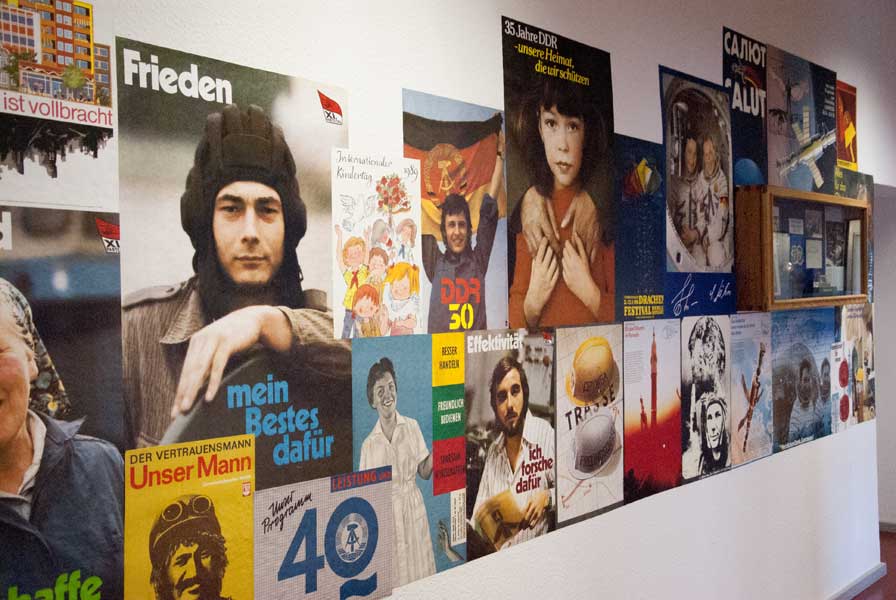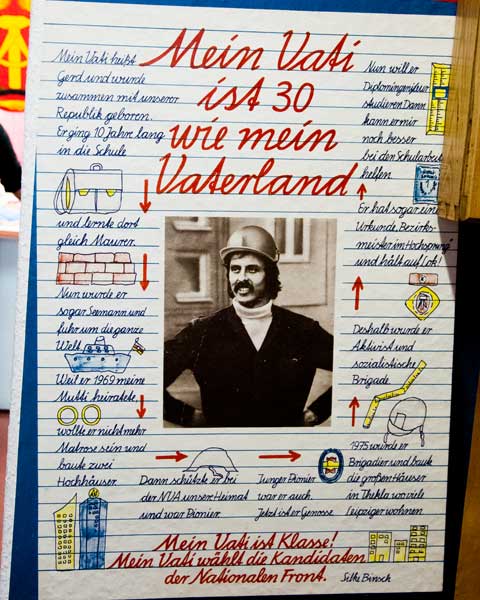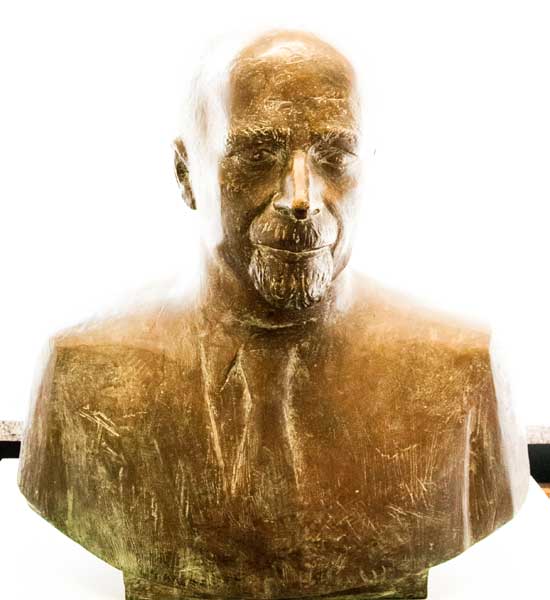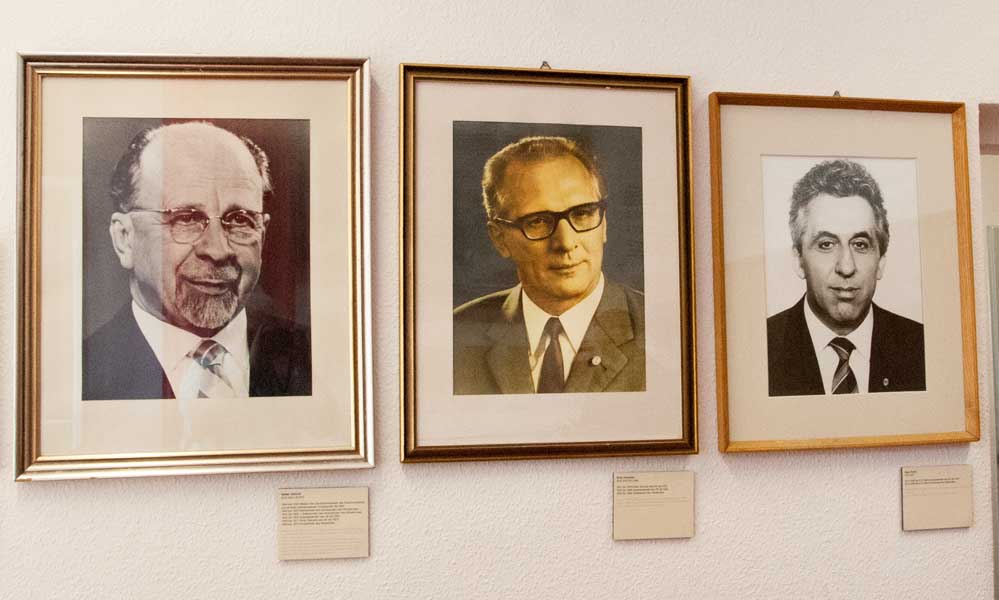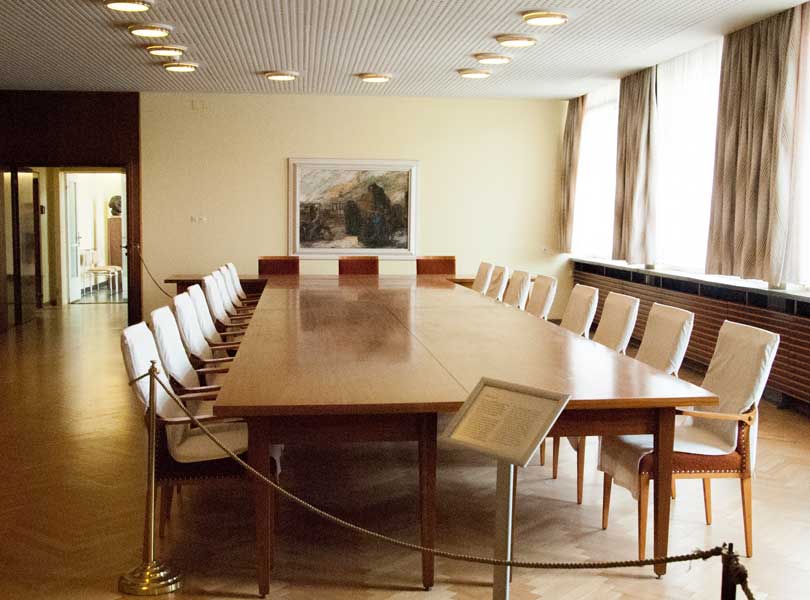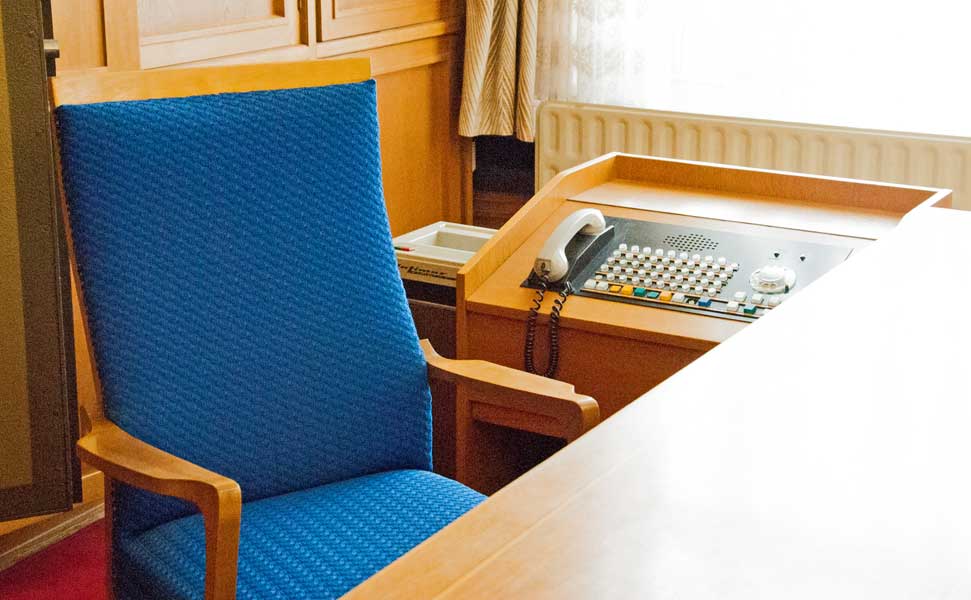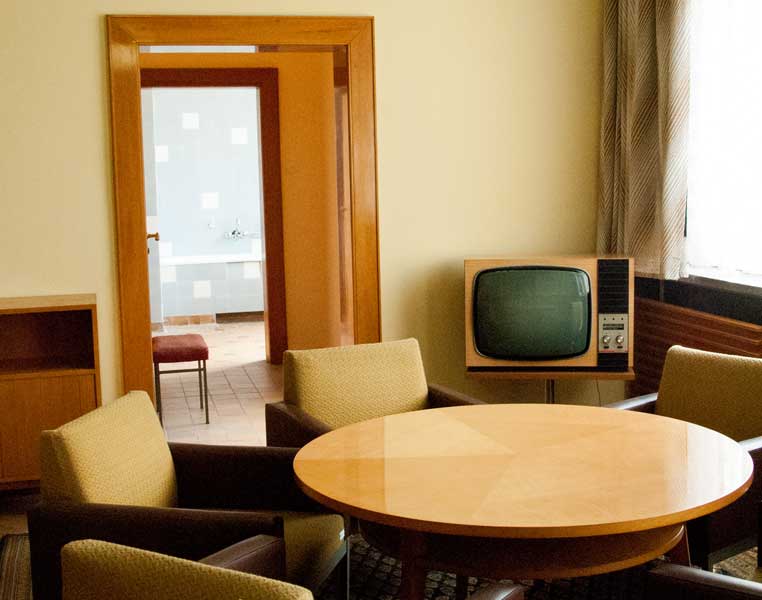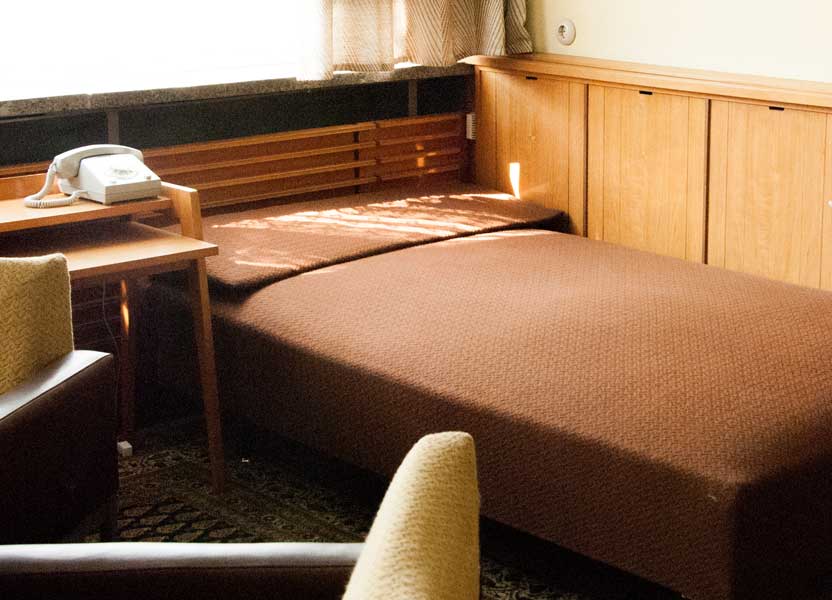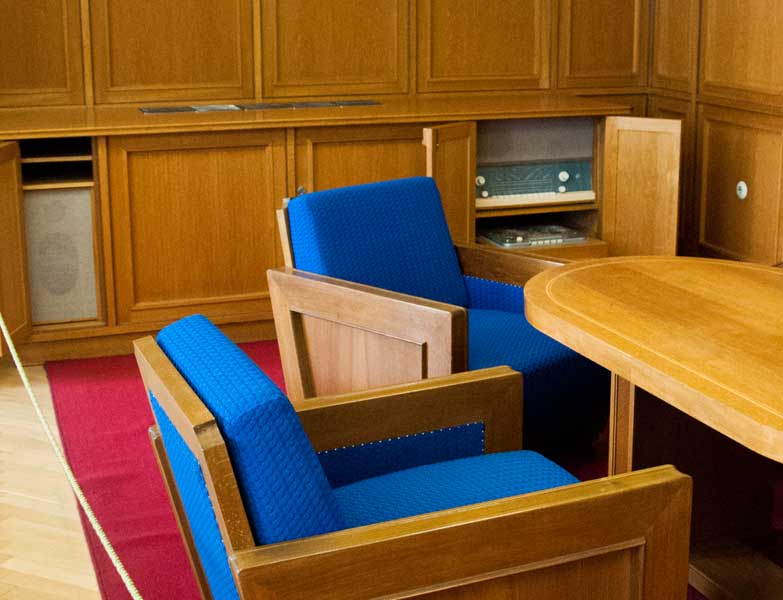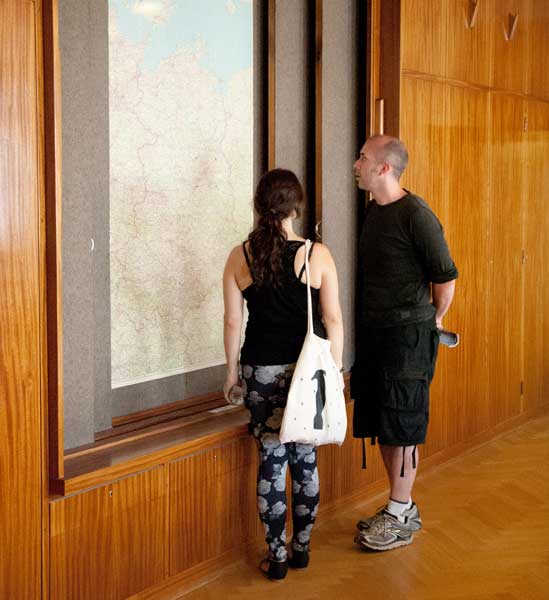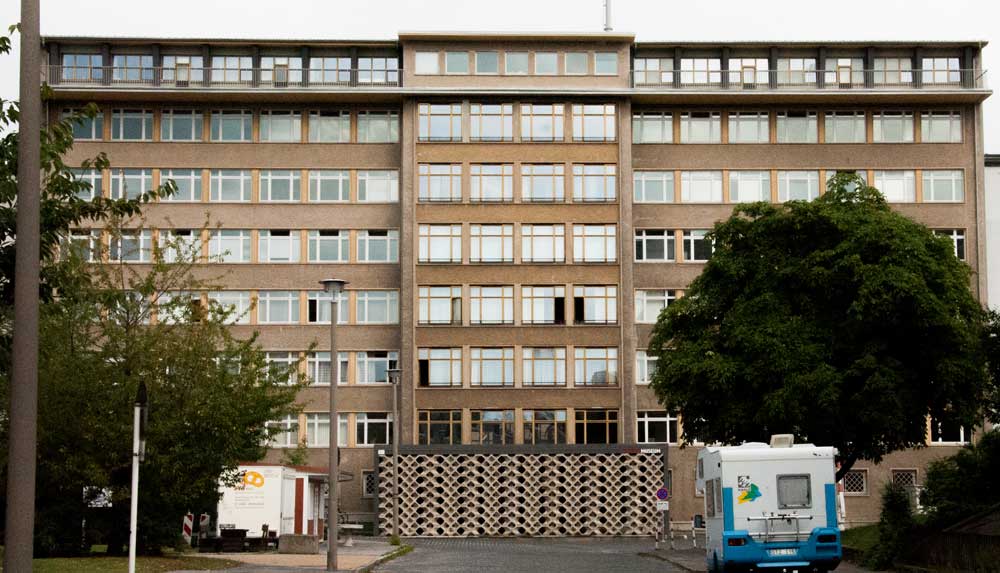
Stasi HQ
The Stasi, East German State Security, went through a number of phases in its existence between 1950 and 1990. It was the "shield and sword" of the Socialist (former Communist) party and all its activities were aimed, one way or another, at keeping the party in the driving seat. As it evolved it came to understand that the only kind of surveillance that would keep the system together was total surveillance. So staff (full time and part time and informants) expanded and methods became more technically refined. In the early days it was more crude but when the era of "peaceful coexistence" came along it had to adopt a more subtle approach.
To give an idea of the scale of the thing: between 1950 and 1989, the Stasi employed a total of around 274,000 people. In 1989, it employed 91,000 full-time along with 173,000 unofficial informants. A former Stasi colonel estimated that the figure could be as high as 2 million if occasional informants were included. Thats more than one person in ten of the entire population.
To give an idea of the scale of the thing: between 1950 and 1989, the Stasi employed a total of around 274,000 people. In 1989, it employed 91,000 full-time along with 173,000 unofficial informants. A former Stasi colonel estimated that the figure could be as high as 2 million if occasional informants were included. Thats more than one person in ten of the entire population.
